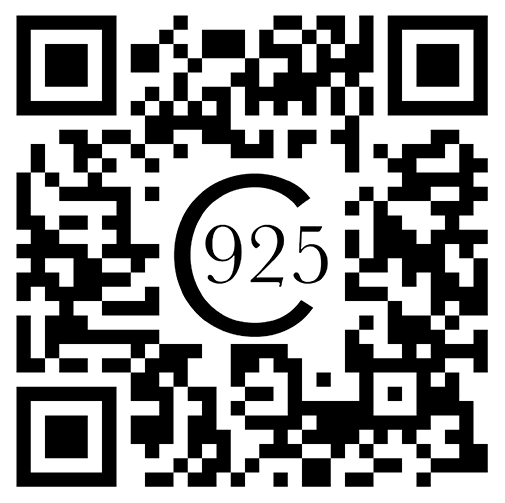Alexander Archipenko’s Standing Figure of a Woman, created in 1930, is sleek and polished. She seems to stand in elegant repose, but, look closely and notice she’s in a contrapposto stance, off balance, one leg in front of the other, as if she’s ready to stride or spring.
The sleek, yet organic contours of Archipenko’s figure echo the slight curve of the spines of the Animals Hunting, created by Romans sixteen hundred years earlier. The mosaic animals’ forms, outlined in darker stone tiles, stand out and we easily see their subtle back curvatures, repeated in Archipenko’s modern woman.
The theme of their similarity within opposition also appears in the color scheme of warm hues. The animals’ beige earth tones share the same part of the color spectrum as the woman’s brassy browns and golds. And yet their textures oppose one another. The composed woman is smooth and, we can imagine, glossy to the touch. She contrasts with the bumpy texture of the animals’ small composite tiles, perhaps jagged in places, befitting their wildness.
Although seeming to be opposites, the lunging beasts and the serene human reflect each other. The animals seem to contain her stillness in their similar gently curving backs, while she, with one leg forward, exposes her readiness to run. Visually they each reveal the other’s potential.
Kaethe Kauffman’s one-person exhibit, La Foresta, is at Castello Gallery 780 in Venice, Italy, April 19 to June 23, 2024. Castello Gallery 780 is affiliated with the Venice Biennale art fair.

